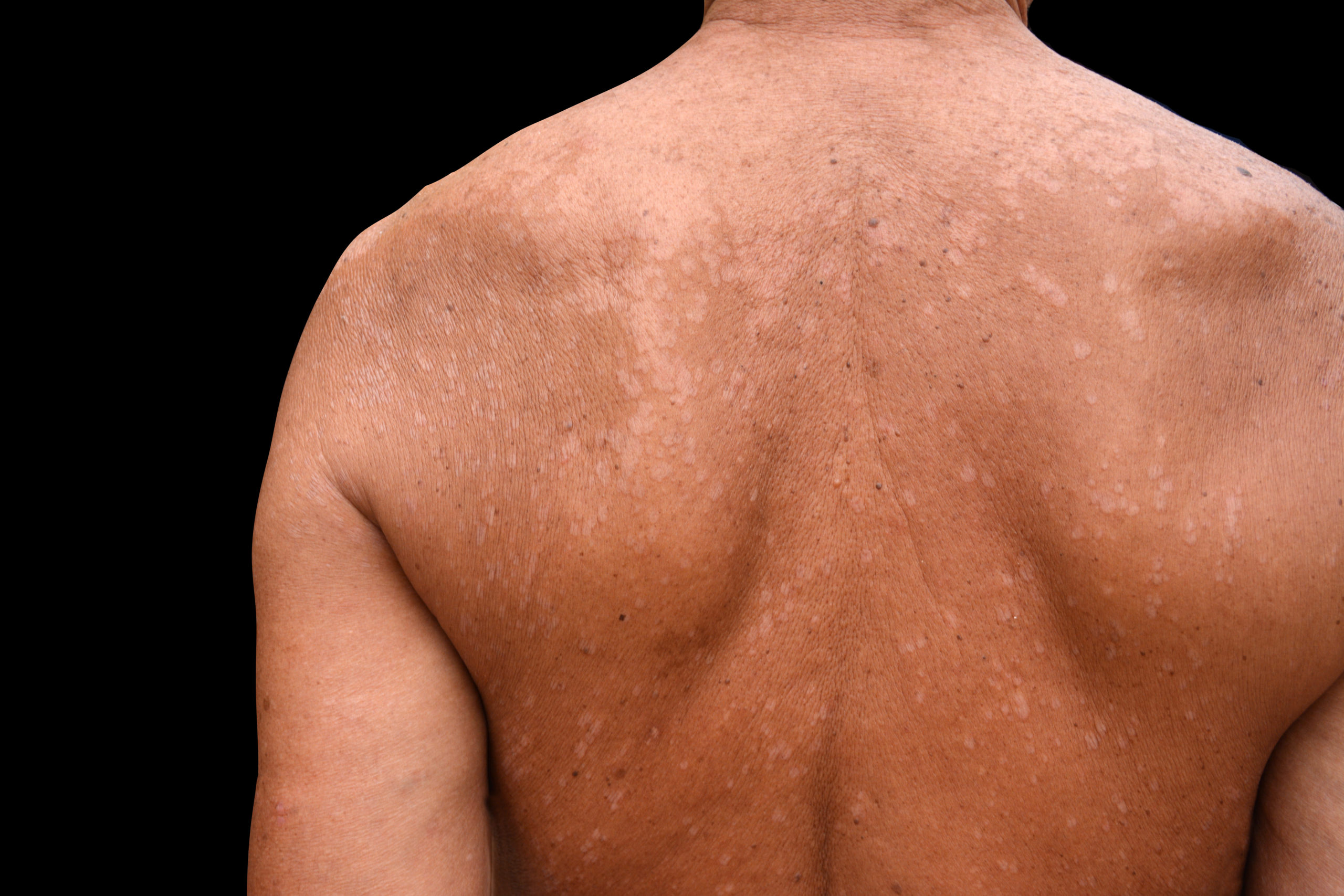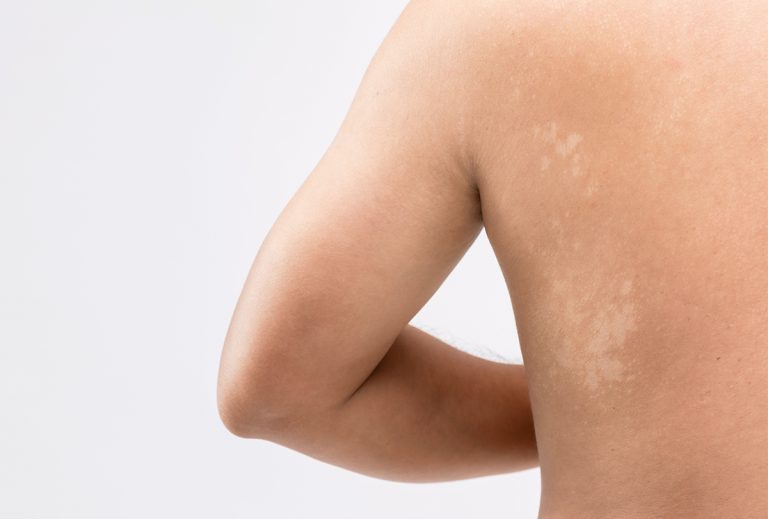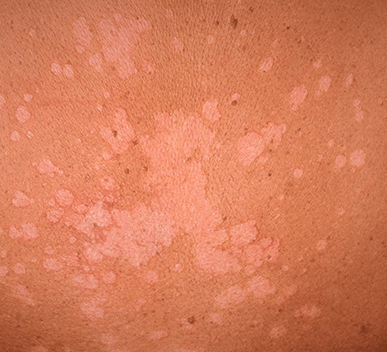what is tinea versicolor in hindi Tinea versicolor
Tinea Versicolor: What it is, How to Recognize it, and How to Treat it If you’ve ever noticed discolored patches on your skin that seem to lighten or darken depending on certain factors, you may be dealing with a fairly common condition called tinea versicolor. While it may not be harmful, it can be unsightly and a bit embarrassing for those who experience it. Luckily, tinea versicolor is easily treated and prevented with a few simple measures. So, what is tinea versicolor? Essentially, it is a fungal infection that affects the skin’s pigmentation cells, called melanocytes. This results in white or red-brown patches that may itch or flake. It often affects the chest, back, neck, and arms, but can also appear on the face or other parts of the body. The good news is that tinea versicolor is not contagious, so you can’t catch it from others. However, certain factors can contribute to the development of the condition. These include: - Humid or warm environments (where the fungus thrives) - Oily skin - Sweating - Hormonal changes (such as those that occur during puberty or pregnancy) - A weakened immune system To recognize tinea versicolor, look for small, scaly patches on the skin that may be white, pink, or brown in color. These patches may be smooth or raised, and may itch or flake. In some cases, the patches may even merge to form larger areas of discoloration. If you suspect you have tinea versicolor, it’s important to see a healthcare provider who can diagnose and treat the condition. Treatment typically involves antifungal medications, either applied topically to the skin or taken orally. In more severe cases, a combination of both may be necessary. It’s also important to take steps to prevent the spread and recurrence of tinea versicolor. These may include: - Keeping skin clean and dry - Avoiding tight-fitting clothing - Applying antifungal powders or creams (especially in areas prone to sweating) - Using gentle skin cleansers and avoiding harsh soaps or products that strip the skin of natural oils Overall, tinea versicolor may be a nuisance, but it’s not a serious health concern. With proper diagnosis, treatment, and prevention measures, you can manage this condition and maintain healthy, even-toned skin. So don’t be shy about seeking help if you suspect you may have tinea versicolor – it’s a common condition that many people experience, but with the right care, you can keep it under control.
If you are searching about Tinea Versicolor: Good Hygienic Routines to Follow - Apollo Hospitals Blog you’ve visit to the right page. We have 5 Images about Tinea Versicolor: Good Hygienic Routines to Follow - Apollo Hospitals Blog like Tinea Versicolor: Good Hygienic Routines to Follow - Apollo Hospitals Blog, 25+ Tinea Versicolor Woods Lamp - NekitaKekeli and also Tinea versicolor - Symptoms and causes - Mayo Clinic. Here it is:
Tinea Versicolor: Good Hygienic Routines To Follow - Apollo Hospitals Blog
 healthlibrary.askapollo.comtinea versicolor rid pityriasis causes natural routines hygienic follow good skin introduction five infection
healthlibrary.askapollo.comtinea versicolor rid pityriasis causes natural routines hygienic follow good skin introduction five infection
Tinea Versicolor: Causes, Symptoms, Diagnosis, & Treatment
 www.emedihealth.comtinea versicolor symptoms symptom patches darker
www.emedihealth.comtinea versicolor symptoms symptom patches darker
25+ Tinea Versicolor Woods Lamp - NekitaKekeli
 nekitakekeli.blogspot.comTinea Versicolar Treatment | भभूती/सीप/सहुआ/करोडिया का इलाज
nekitakekeli.blogspot.comTinea Versicolar Treatment | भभूती/सीप/सहुआ/करोडिया का इलाज
 www.youtube.comTinea Versicolor - Symptoms And Causes - Mayo Clinic
www.youtube.comTinea Versicolor - Symptoms And Causes - Mayo Clinic
 www.mayoclinic.orgversicolor tinea mayo clinic
www.mayoclinic.orgversicolor tinea mayo clinic
Versicolor tinea mayo clinic. Tinea versicolor: causes, symptoms, diagnosis, & treatment. Tinea versicolor symptoms symptom patches darker